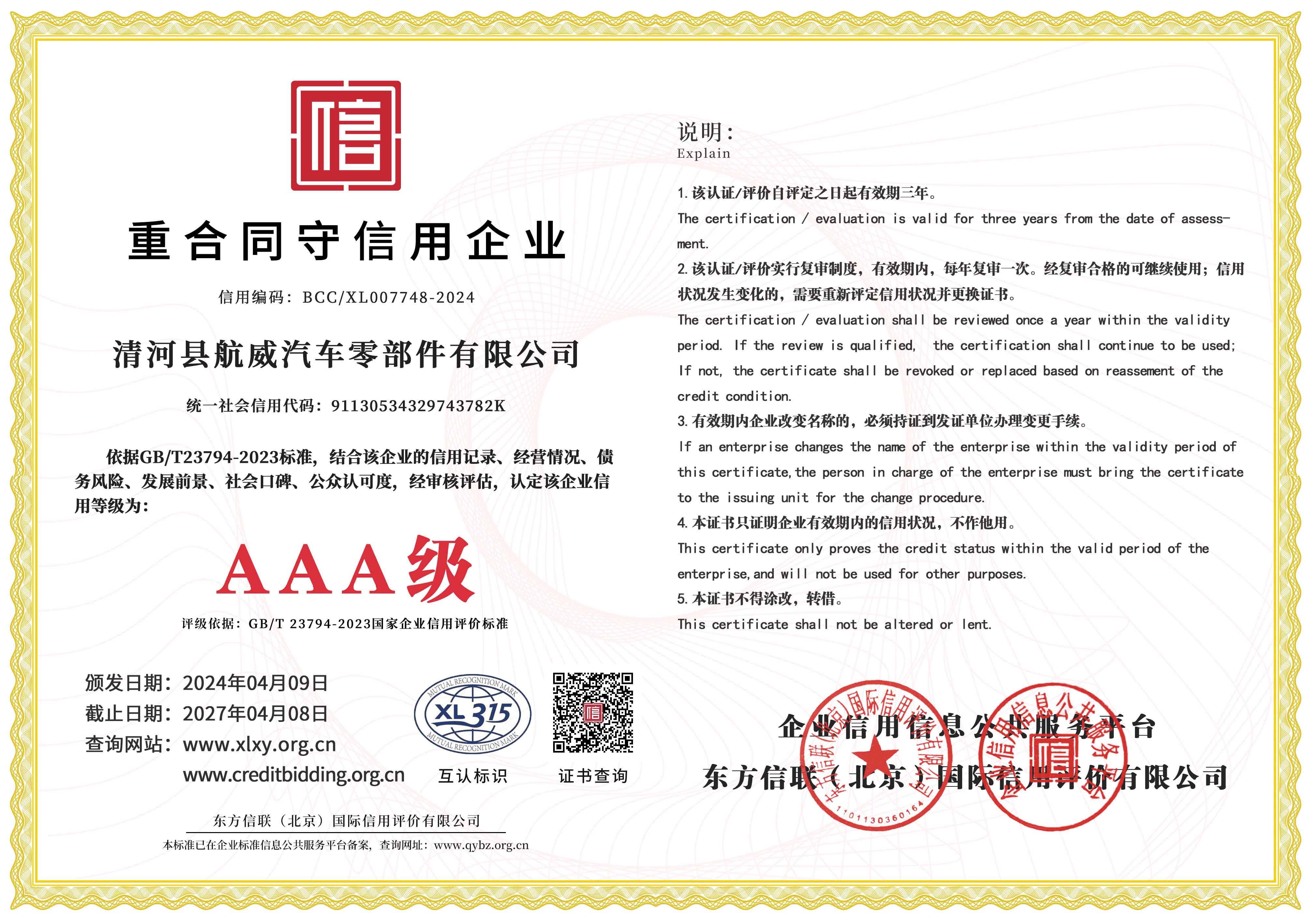throttle cable
Understanding Throttle Cables Functions, Types, and Maintenance
Throttle cables play a crucial role in the functioning of various vehicles, particularly in motorcycles, cars, and even some types of boats. These cables are an integral part of a vehicle's throttle system, connecting the accelerator pedal or lever to the throttle body, which controls the air-fuel mixture entering the engine. Understanding throttle cables is essential for both vehicle owners and mechanics, as it contributes to overall vehicle performance and safety. This article explores the function, types, and maintenance of throttle cables.
Function of Throttle Cables
The primary function of a throttle cable is to relay the driver's commands from the accelerator pedal to the engine. When the driver presses the accelerator, the cable pulls on a mechanism at the throttle body, opening the throttle plate. This allows more air and fuel into the engine, thereby increasing power and speed. Conversely, when the driver releases the accelerator, the cable retracts, causing the throttle plate to close and reducing power and speed.
Throttle cables come with specific characteristics that allow them to perform efficiently. They are designed to withstand high temperatures, friction, and environmental exposure, making them durable components in the vehicle's throttle system. Furthermore, the responsiveness of the throttle cable affects vehicle acceleration, making its condition critical for optimal performance.
Types of Throttle Cables
Throttle cables are typically categorized based on their design and application
1. Mechanical Throttle Cables These are the traditional cables that consist of a flexible metal wire enclosed in a protective sheath. Mechanical throttle cables are found in older vehicles and some modern motorcycles. They provide a direct connection between the accelerator and the throttle body, allowing for a more responsive driving experience.
2. Electronic Throttle Control (ETC) Also known as drive-by-wire, this modern system eliminates the need for a physical cable. Instead, it uses sensors and electronic signals to control the throttle. The accelerator pedal is equipped with a potentiometer that sends a signal to the engine control unit (ECU), which then adjusts the throttle. This system offers benefits such as improved fuel efficiency, reduced emissions, and advanced features like cruise control and traction management.
throttle cable

3. Dual Throttle Cables Some high-performance vehicles utilize dual throttle cables for improved control and performance. These cables allow for more precise acceleration and responsiveness, making them ideal for racing applications.
Maintenance of Throttle Cables
Regular maintenance of throttle cables is essential to ensure safe and efficient vehicle operation. Here are some maintenance tips
1. Inspection Regularly check the throttle cable for any signs of wear, fraying, or damage. Pay attention to the points where the cable is exposed to bending or friction, as these areas are prone to wear.
2. Lubrication Depending on the type of throttle cable, lubrication may be necessary to minimize friction and prevent sticking. Use a suitable lubricant for the cable and ensure it is applied sparingly to avoid attracting dirt or debris.
3. Adjustment Over time, throttle cables may stretch or become misaligned. Regular adjustments can help maintain proper pedal feel and responsiveness. Consult the vehicle’s service manual for guidance on how to correctly adjust the throttle cable.
4. Replacement If a throttle cable shows signs of significant wear or damage, it is important to replace it promptly. A failing throttle cable can lead to dangerous situations, including unintended acceleration or reduced engine performance.
Conclusion
Throttle cables are vital components in the functioning of many vehicles. Whether mechanical or electronic, they serve the essential purpose of translating driver input into engine response. Understanding their functions, types, and maintenance can significantly enhance vehicle performance and safety. Regular inspections and proper care of throttle cables are crucial for keeping your vehicle operating smoothly and efficiently. Always refer to your vehicle’s manufacturer guidelines or consult a professional mechanic when in doubt about throttle cable maintenance or replacement.
-
Workings of Clutch Pipe and Hose SystemsNewsJun.04,2025
-
The Inner Workings of Hand Brake Cable SystemsNewsJun.04,2025
-
The Secrets of Throttle and Accelerator CablesNewsJun.04,2025
-
The Hidden Lifeline of Your Transmission Gear Shift CablesNewsJun.04,2025
-
Demystifying Gear Cables and Shift LinkagesNewsJun.04,2025
-
Decoding Clutch Line Systems A Comprehensive GuideNewsJun.04,2025
